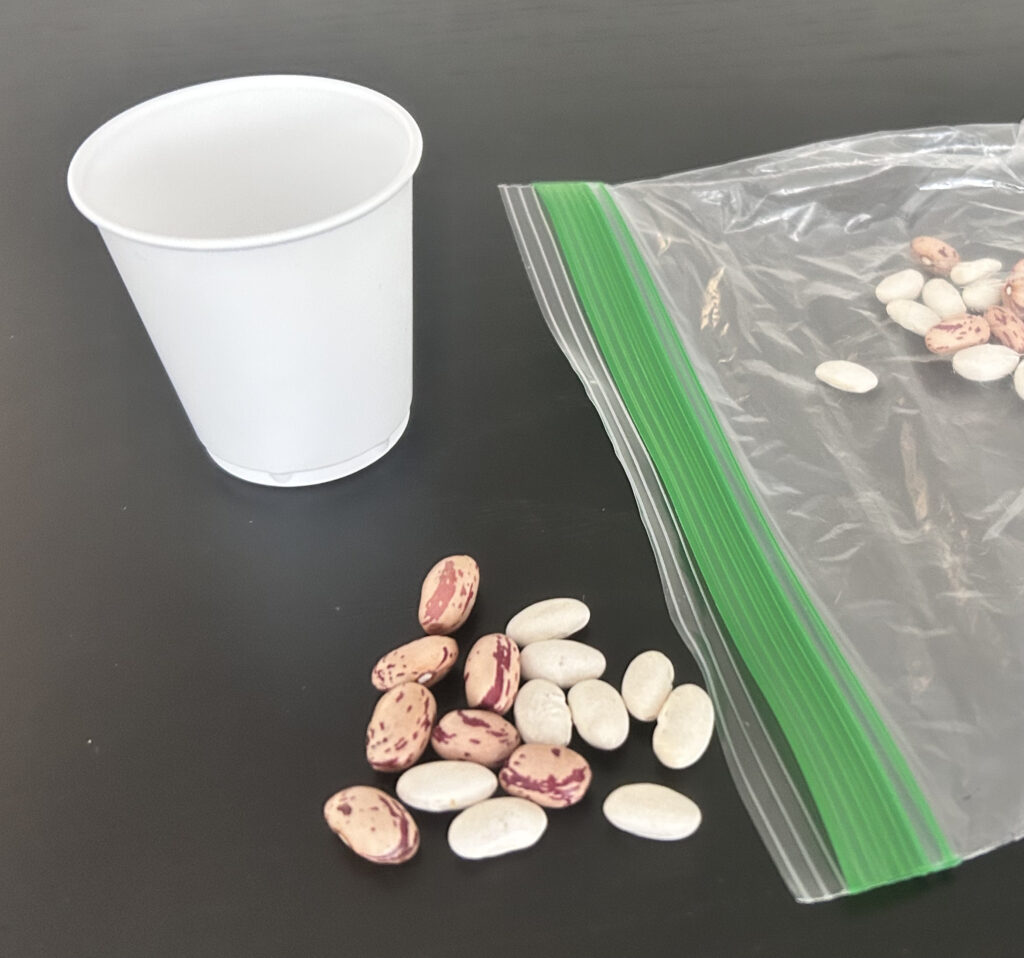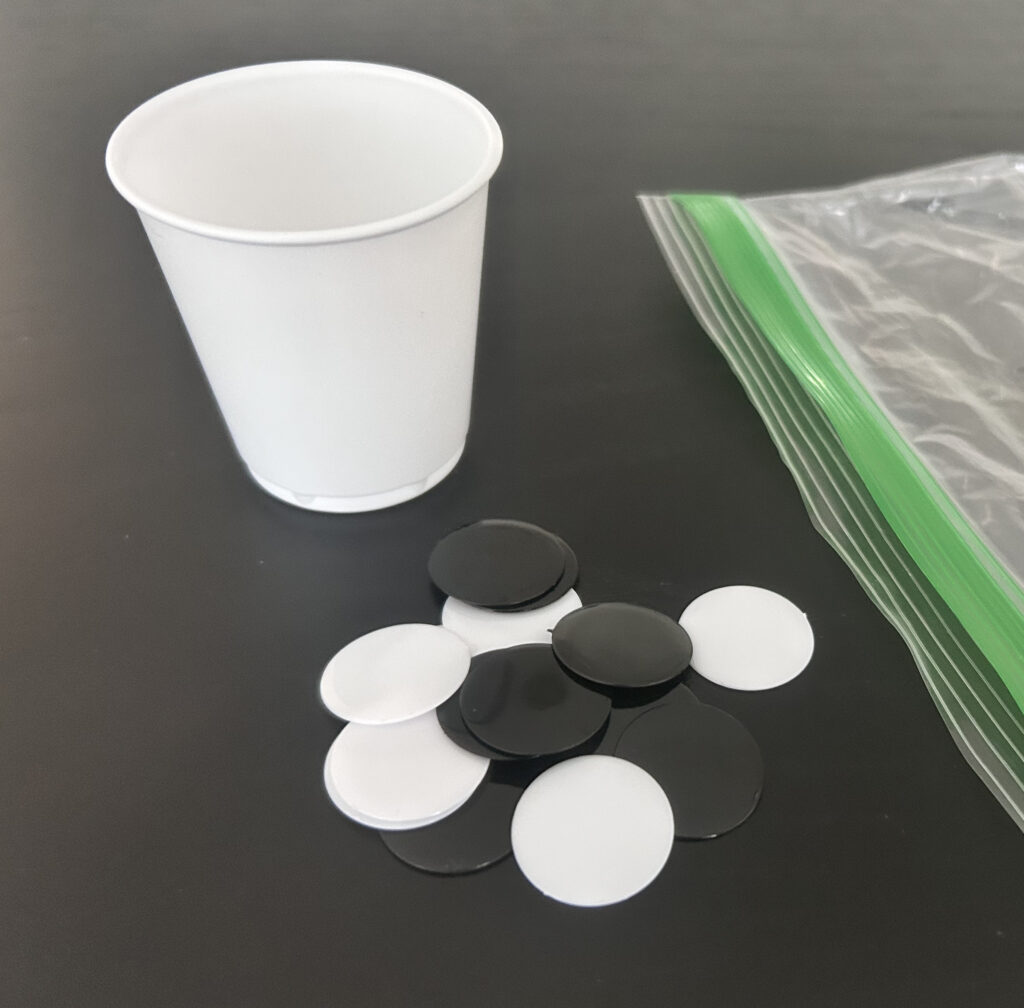Hsu, J., Imad, M., & Wilson, K.M. 2019. Furry with a chance of evolution: Exploring genetic drift with tuco tucos. CourseSource. https://doi.org/10.24918/cs.2019.17
https://qubeshub.org/community/groups/coursesource/publications?id=2633&v=1
A simulation-based activity in which students work in small groups to select generations from an existing population – students record their group data for a large, medium, and small population – then the class reviews the data of all groups to show the overall effects of genetic drift on different size populations. Provides concrete simulation of sampling error – helps students to understand how random chance can impact allelic diversity.
The article and materials posted provide LOs, lesson plan, clicker questions
Class size – 50 (could work with larger class)
Required Materials – Poker chips, paper cups
Estimated time – 40-60 min
Instructor notes and adaptation – The original activity recommended using 2 different types of beans that were the same size. I struggled to find beans that were equivalent in size and this ultimately affected the outcome.
Because some of the desks are sloped and deskspace is limited I provided a plastic cup that students could place their bean population in and then randomly select their next generation from the cup. As students selected the beans from the cups they were more likely to select the larger beans which shifted to the top of the cup. While this affected the results the activity was still effective. Regardless, I will be using poker chips in the future.
While many students were able to grasp the overall concept (smaller populations more affected by genetic drift), some still struggled to understand random sampling. I recommend including additional examples and demonstrations (online simulator – https://www.whfreeman.com/BrainHoney/Resource/6716/SitebuilderUploads/Hillis2e/Student%20Resources/Animated%20Tutorials/pol2e_at_1502_genetic_drift_simulation/pol2e_at_1502_genetic_drift_simulation.html#).
I used a shared spreadsheet so the groups could add their data and then we could view it as a class. The spreadsheet and the follow-up assignment I used are included in the shared Google folder (accessible to verified users).
Course content area –Population Genetics & Mechanisms of Evolution – Genetic drift, mutation, gene flow, Hardy-Weinberg equilibrium
Course – Evolution & Behavior (100 level)
Campus – Hunter College




